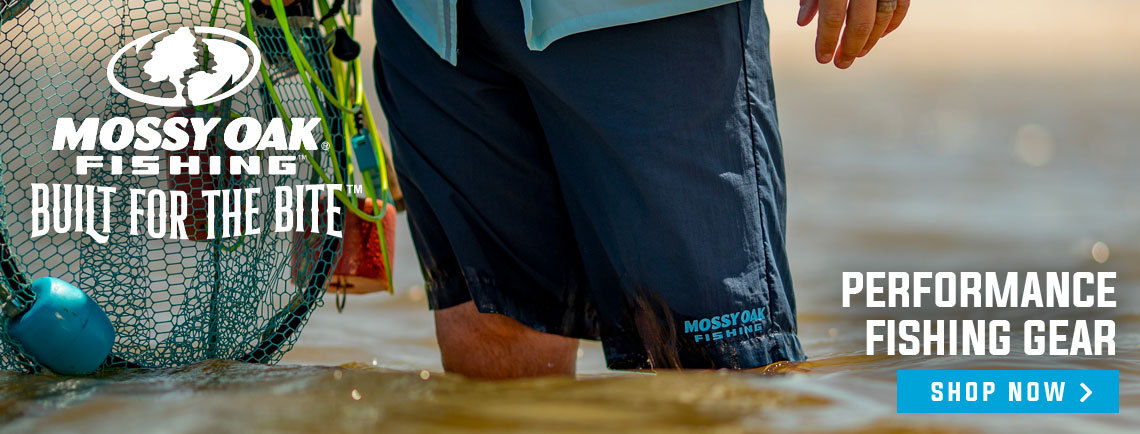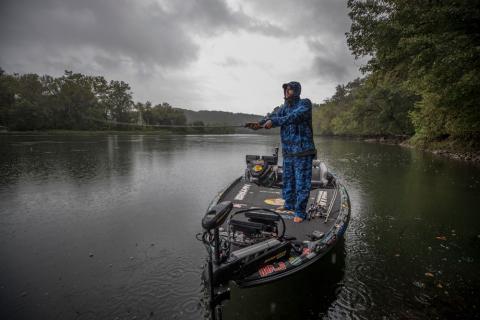Jess McGlothlin
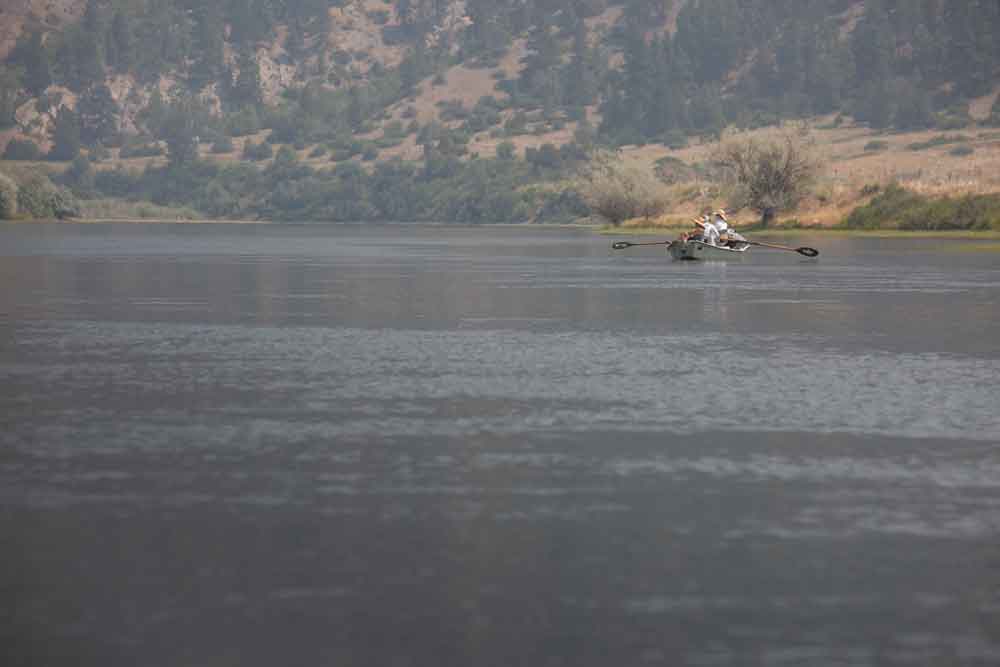
For many anglers, summer brings out the best in us. Early dawns and late sunsets mean more time on the water, we can stow away the waders and wet wade, and trout eat dry flies with an urgency that’s only matched by our own enthusiasm for riverside lunch spreads. Summer was made for fly-fishing, but while those hot summer days might not bother warmwater species such as bass or perch, warm water temperatures can pose a danger to trout.
Trout are considered a coldwater species, and typically thrive in water temperatures ranging from 54 to 64 degrees Fahrenheit. Once water temperatures begin to crest over 70 degrees, trout become stressed, and when compounded with the stress of being played for too long while being caught, that stress can be fatal.
Water temperature often reaches its highest points in the late summer months, when lakes and rivers have had long, hot days under the sun, soaking up the thermal heat. If you’re fishing for trout in a region where water temps are pushing into the mid-60s and higher, this is a great time of year to let the trout rest and consider chasing warmwater species such as carp, bass, perch, bluegill, and pike, all of which tolerate warm temperatures better than trout.
But if you’ve been planning the trip of a lifetime to chase trout, there are still a few steps you can take to help mitigate the risk of overstressing the fish.
Go Early, Leave Early
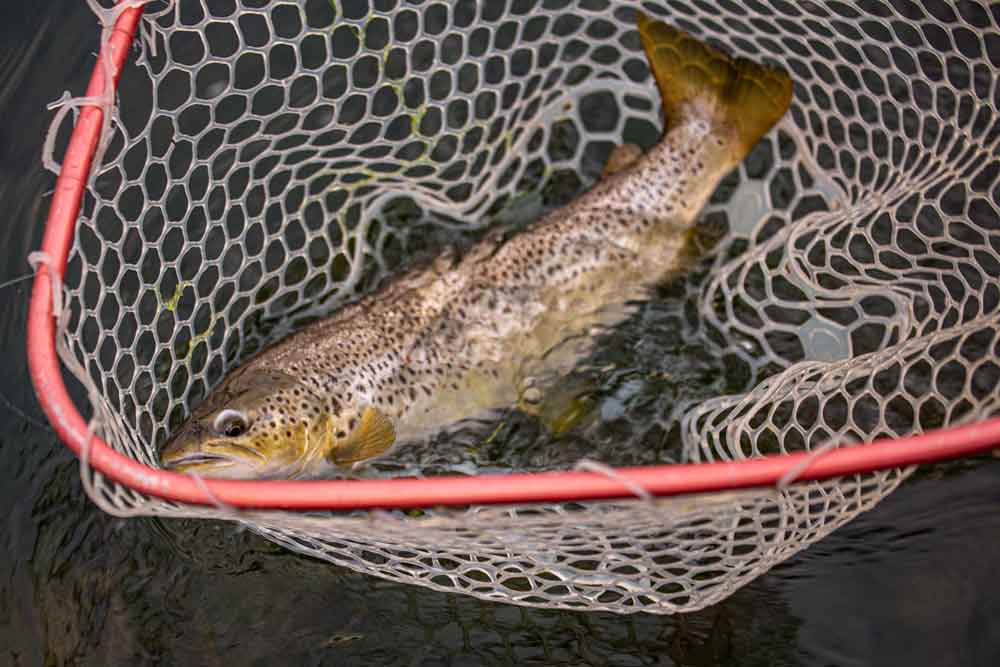
Consider putting on the water at dawn, when water temperatures can be cooler after an overnight drop, then get off the water by early afternoon, which is when many rivers begin to heat up again. You’ll stay more comfortable fishing during the cooler part of the day, and you’ll likely catch the morning hatch. Then pull off the water in time for an afternoon siesta.
Hike High
Ambitious anglers can find success hiking into high-altitude lakes and streams, where water temperatures tend to stay cooler even during the hottest summer months. As a bonus, you’ll likely leave behind summertime crowds on popular rivers, and have more open water to yourself. High country trout are different beasts than their lowland counterparts, often more aggressive and willing to take a fly. Embrace the experience and seek a new adventure high in the mountains.
Carry a Thermometer
Keep a thermometer in your pocket or in the boat bag. It’s an interesting science experiment to test the water temps every few hours (a great project to put kids in charge of!) and you can monitor when water temperatures pop into a range that’s just too high for responsible trout fishing (typically over 70 degrees Fahrenheit).
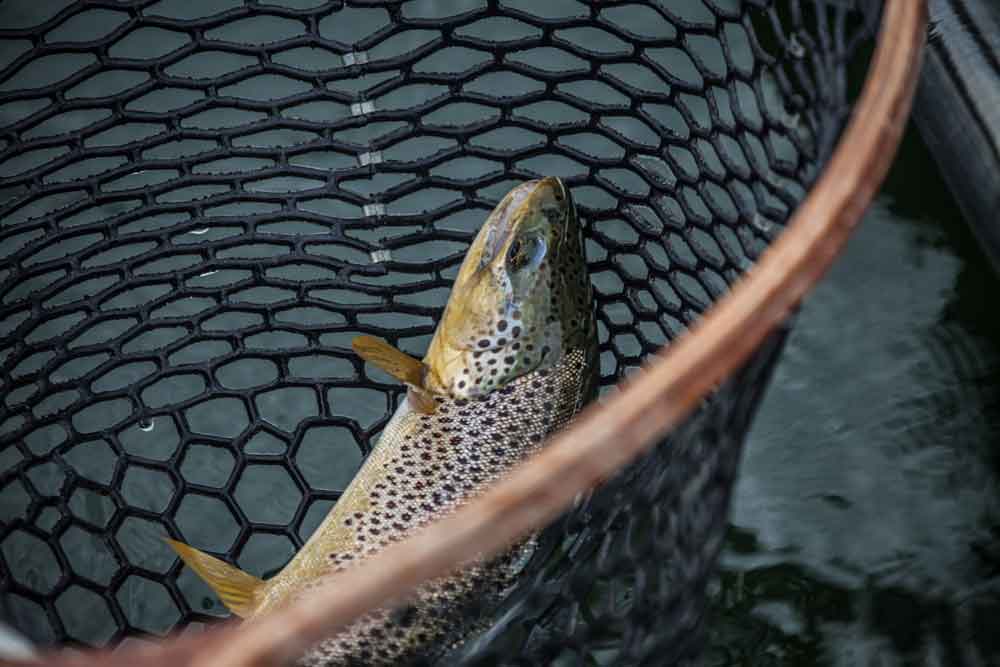
Land Fish Quickly
When you do hook up, don’t play the trout for too long. Consider rigging up with one size stronger leader/tippet so you’re not worried about breaking the fish off. This isn’t the time for finesse; get the fish into the net, keep it in the water while you slip the hook out, ensure it’s revived, and then let it go. The faster you play the fish, the less stress it receives. A savvy guide will instruct their anglers to help the process along.
Keep It Wet
You’ve likely seen bumper stickers or social media posts with the phrase “KeepFishWet.” This campaign centers around a simple principle: fish belong in the water. Forget the grip-and-grin hero images; get creative with photographing your fish half in the water, be it in the net or handheld. Most modern smartphones are waterproof, and high-quality waterproof housings are available for a very reasonable price, providing anglers a stellar opportunity to start playing with underwater photography. Images of fish in the water are far more interesting than the outplayed grip-and-grin, and keeping the fish in the water with minimal handling can improve a stressed trout’s chances of survival immensely.
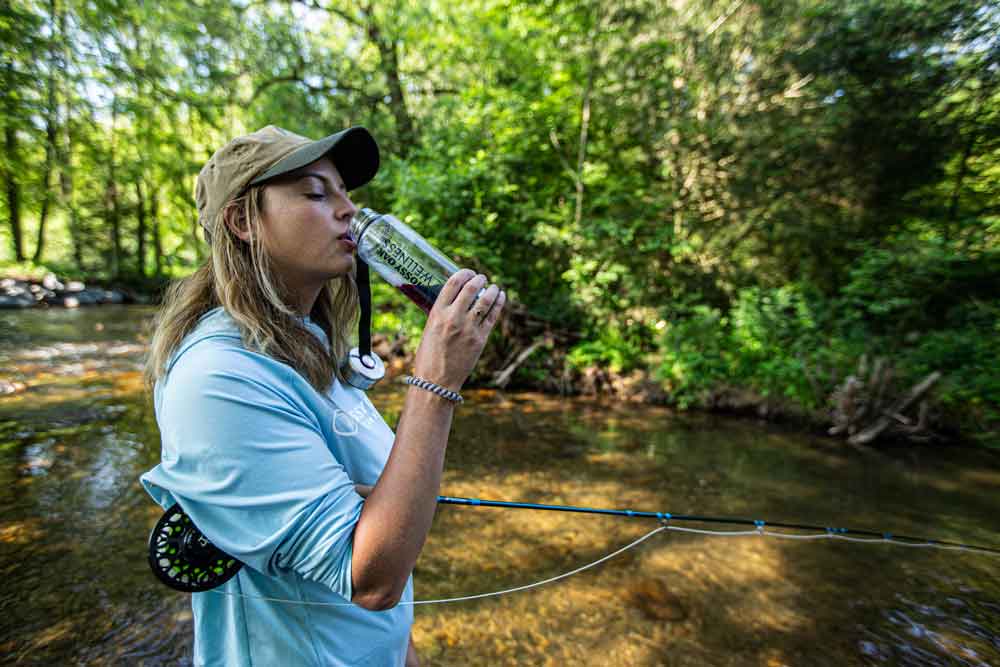
Take Care of Yourself
When the fishing is good, it’s easy to focus entirely on the next rise and forget one of the most important factors in a good day of fishing: managing yourself! When the weather is hot, it’s important to keep hydrated. Aim to drink plenty of water, adding in an electrolyte blend once or twice throughout the day. Slather on sunscreen often (especially if you’re wet wading) or cover up with sun-protective long sleeves and long pants. You’ll stay more comfortable, maintain fishing performance, and come off the water feeling better—especially important if you’re heading off to celebrate a successful fishing day with friends!

